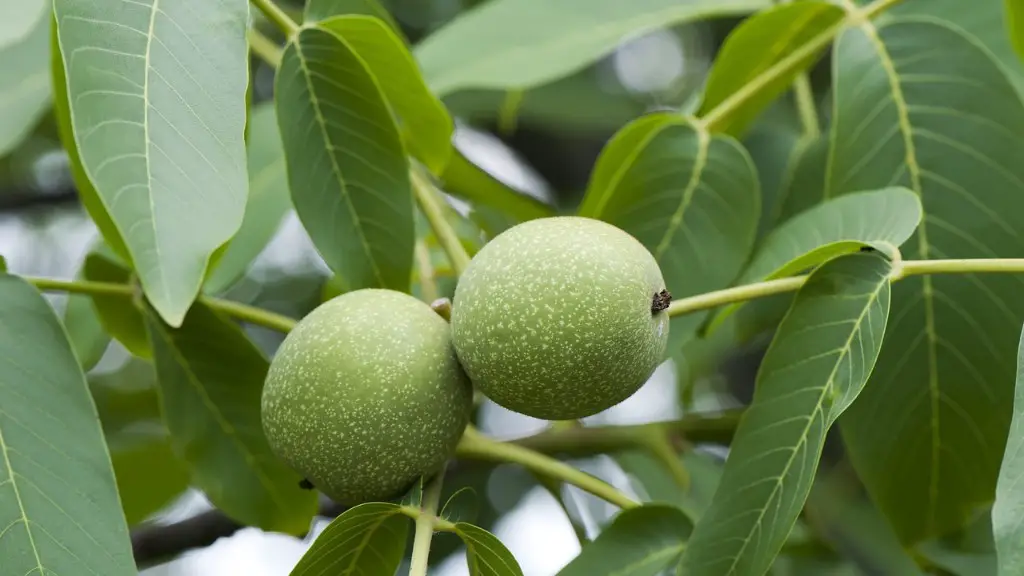Essential safety precautions
Bees are important to the environment and are an essential part of the pollination process for many plants and trees. However, if bees build a nest in an inconvenient location, such as on a palm tree, it’s important to take action.
An important first step to protect oneself from harm is to take appropriate safety measures. Ensure all activities are conducted from a safe distance such as a ladder, and make sure to wear long clothing that covers the body, including gloves, hats and face masks. Take all necessary precautions to ensure that one does not come close to the hive, as the aggressive behavior of bees may cause them to attack.
One should also contact local beekeepers and pest removal services. Professional beekeepers are often happy to relocate the bees rather than destroying them.
Choosing a bee removal method
There are a number of bee removal methods one can use to remove bees from a palm tree. Firstly, the most commonly used technique to remove the bees from a palm tree is to cut down the tree or the branch in which the tree is situated. Care should be taken to remove the bees before cutting down the tree. This is usually done using a bee vacuum, which is a specialized vacuum cleaner, or by using a bee escape, which is a device that allows the bees to exit the tree but prevents them from returning.
Another technique is to spray a pesticide onto the tree. This is not recommended outright due to the potential harm it could inflict on the environment and other living creatures.
Lastly, smoke can be used to disorient the bees and make them leave the tree. This can be achieved by lighting a smoke bomb near the tree. The smoke bomb creates a smokescreen that confuses the bees and makes them flee.
Time & monitoring
Time is an important factor when dealing with bee removal. In many cases, one may need to observe the bees for several days before taking any action. This will help to understand the bee behavior, how active they are, and how long they stay at the hive. The bee activity should be monitored daily and a plan of action should be established before any further steps are taken.
Post-removal maintenance
Once the bees have been successfully removed from the tree, the area should be monitored for possible bee activity. Certain measures can be taken to ensure that the bees are not attracted to the tree again. This may include removing potential sources of food or shelter such as any remaining dead wood or nectar sources.
It is also a good idea to apply a bee repellent on the tree. This can be done by mixing water with natural bee repellents such as peppermint oil. The repellent should be sprayed on the tree at regular intervals to keep the bees away.
Damage control
If the hive has already caused any damage to the tree, it’s important to take steps to repair the tree. This may include removing and replacing the bark, trimming away dead or broken pieces of wood, and replacing any missing leaves.
Health of the tree
It is also important to ensure that the tree is healthy after the bees have been removed. The tree should be monitored for any signs of disease or pest infestation. If any signs are noticed, immediate action should be taken to prevent further damage to the tree.
Using traps
Setting up traps is a good way to prevent bees from settling in trees. The traps should be set up away from the tree, ideally in a place that is free of pollen or nectar sources. The traps should be checked regularly as they may contain a number of different bee species.
Professional help
In some cases it may be beneficial to seek professional help in removing bees from trees. Professional pest removal and beekeeping services may have the expertise and skills necessary to safely and effectively remove bees from trees. They may also have access to specialised traps and equipment that can help to make the process easier.
Preventative measures
It is also important to take preventative measures to reduce the chances of bees settling on the tree again. One of the best ways to do this is to regularly prune and trim the tree. This will help to remove potential nesting sites for bees. If the branch of the tree is damaged or rotten, it should be removed and replaced. Additionally, one can spread natural bee repellents such as peppermint oil around the base of the tree. This will help to keep the bees away.
Repairing the damage
When bees have been removed from a tree, the damage they caused to the tree may still remain. Specialised repair and restoration services may be able to help to fix the damage and restore the tree to its former glory.
In some cases, the tree may need to be completely replaced if the damage is too extensive. This should be done as soon as possible to prevent any further damage to the tree.
Protecting the bees
While it is important to remove bees from trees to protect against potential harm, it is also important to respect the bees and their role in the environment. If the bees are not removed humanely and in an environmentally-friendly manner, this may have a negative impact on the bee population and the health of the environment.
Always remember to take all necessary precautions when dealing with bees, and if in doubt, contact a professional.


